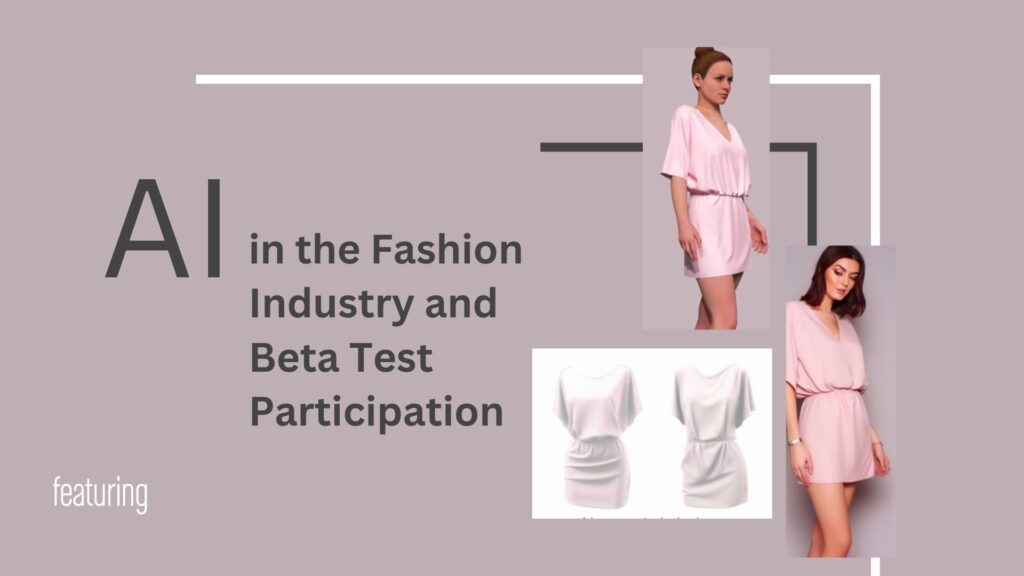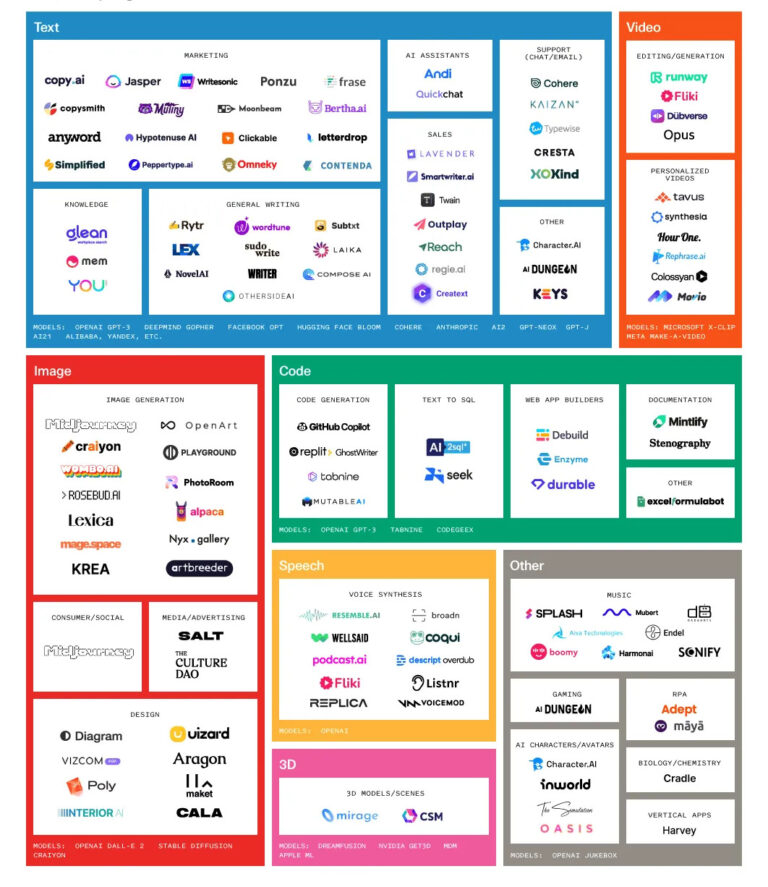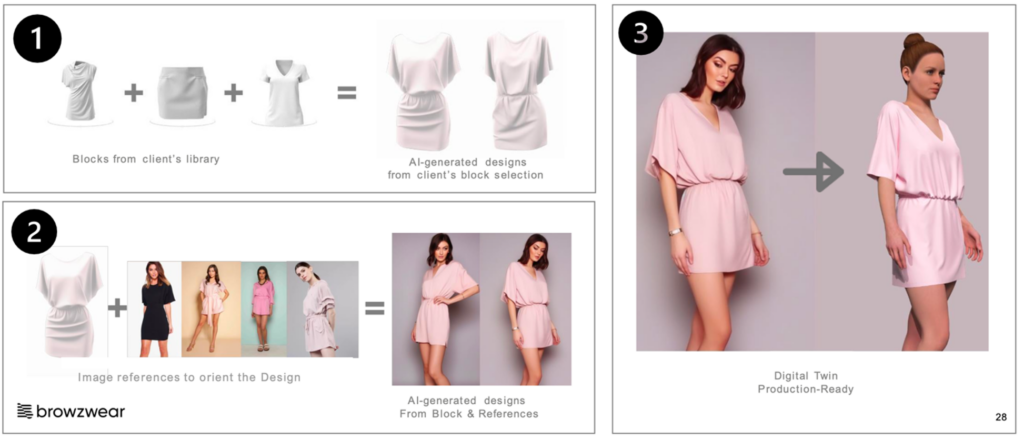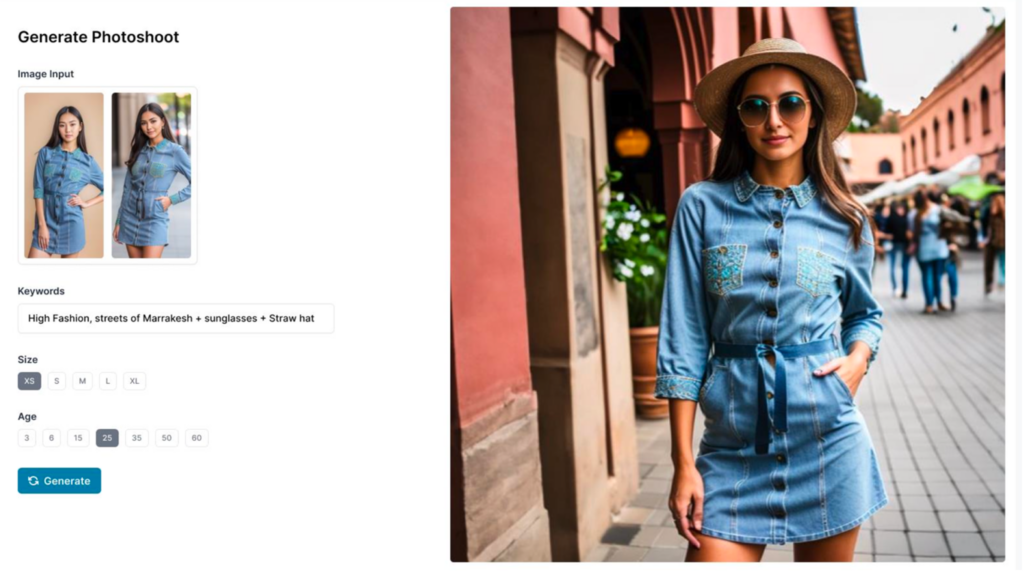
Now everyone is talking about AI these days.
AI (artificial intelligence) is a broad term that encompasses a variety of technologies. Intelligent behaviour technology ranges from simple algorithms to sort data to complex systems that can simulate human-like thought processes.
Generative AI (Gen-AI) is a more particular sort of AI that focuses on generating new material. To produce garment designs, AI-enabled design tools employ data, such as photographs of prior listings, references from other companies and designers, language prompts, data about customer preferences such as colour and style choices, and current fashion trends.
For the new synthetic data to deliver the desired results, the quality of these enormous datasets is crucial, since they are similar to the data used to train the system and machine learning algorithms.
The Gen-AI environment is a work in progress that evolves all the time, making it tough to keep up with. In recent months, the featuring/Oi team evaluated several Gen-AI applications for graphic design and laser denim washes, to mention a few.

How can Gen-AI be applied in the fashion industry?
What are the expectations?
Gen-AI has the ability to generate fresh material?
Gen-AI has the potential to increase efficiency and production?
Gen-AI has the potential to increase the quality of created content?
Gen-AI has the potential to allow new applications and uses?
Browzwear is also working on AI-assisted apps, and the Oi featuring team has been invited to join in the beta test version.
Beta testing is a type of user acceptability test in which a group of people evaluates a nearly finished programme to evaluate its performance in a realistic context. This stage of the application development process attempts to expose the application to a group of real-world users and collect feedback from them for future improvements. After beta testing, the programme is virtually ready for general public usage.
In apparel product development, design generation is merely one component. A design does not equal a pattern, and this does not equal clothing. There are several applications on the market for picture generation that the team examined, but the missing link was always the seamless transition to making the garment. How does the Browzwear solution intend to alter this?

Gen-AI is used to generate a collection concept in seconds using information like reference pictures, mouldboards, drawings, short text, and directive questions. This is a data-driven approach that combines trend spotting, validation, and prediction with AI. The outcome is realistic AI-generated visuals that are faster, simpler, and more creative to create and can be used for collection ideation.
When these AI-generated visuals from the ideation phase are combined with customer blocks from libraries, the result is AI-generated designs that are also based on the consumer pattern block. This enables us to create a digital twin that is production-ready. With this method, we can obtain an accurate pattern, enable virtual fit review and techpack, and bridge the gap between 3D styles and physical garments.
AI can also provide eCommerce-ready images that allow customers, prior to the availability of physical garments, to test and sell the product.

An end-to-end digital process employs a digital solution at every stage, including planning, design, sell, fit, and manufacture. AI-assisted solutions aim to reduce the risk of digital transformation and are currently accessible for some phases of the process.

The team at featuring/Oi looks forward to getting the chance to access further improved AI-aided design functions at Browzwear’s Vstitcher and continue with the testing of the exciting additions to the software.
